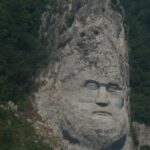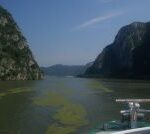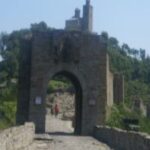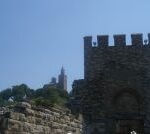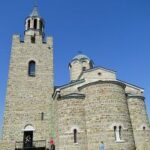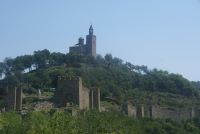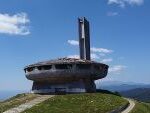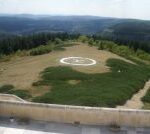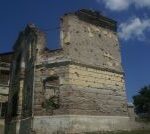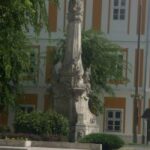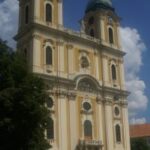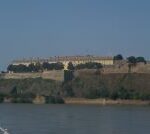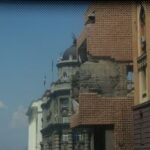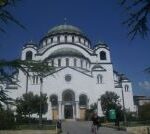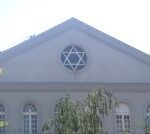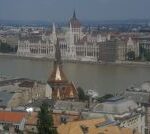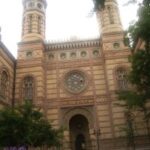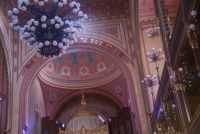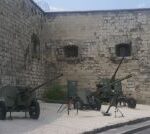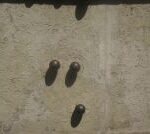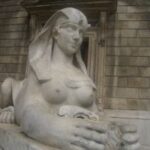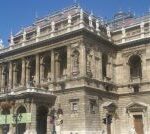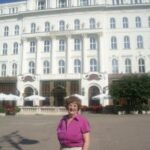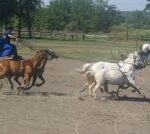Reminiscences 2024

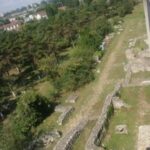 At some point short of the Black Sea, we transferred to a bus to get to Constanta, the oldest city in Romania, a port on the Black Sea. The city has paid homage to Ovid, who apparently was exiled here; to Trajan, who conquered the area; to Neptune (beaches); and to Mammon,
At some point short of the Black Sea, we transferred to a bus to get to Constanta, the oldest city in Romania, a port on the Black Sea. The city has paid homage to Ovid, who apparently was exiled here; to Trajan, who conquered the area; to Neptune (beaches); and to Mammon, 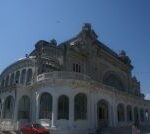
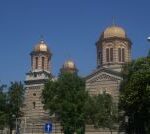 with gambling casinos. God gets his/her due with Orthodox Cathedrals (Romanian speaking), a great Synagogue from the early 20th century, and a mosque from the same period. While there seems to be a channel from the Danube to the Black Sea, most cruises, including Tauck’s, do not use it. Even so, the city
with gambling casinos. God gets his/her due with Orthodox Cathedrals (Romanian speaking), a great Synagogue from the early 20th century, and a mosque from the same period. While there seems to be a channel from the Danube to the Black Sea, most cruises, including Tauck’s, do not use it. Even so, the city 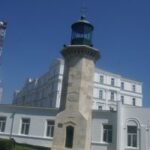
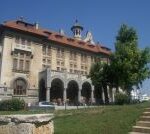 boasts a lighthouse that dates from 1300, built by Genoese sailors. A town hall turned Museum of Archeology houses many other Roman ruins.
boasts a lighthouse that dates from 1300, built by Genoese sailors. A town hall turned Museum of Archeology houses many other Roman ruins.
It was about 150 miles from Constanta to Bucharest, where we would spend the rest of our tour. Before being conquered by Trajan, the Dacians had hegemony for several hundred years. While 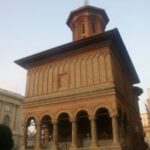 keeping the ties with Rome (Romania and a romance language), Romania was part of the pinball politics of the Balkans, emerging as a country in 1878 at the Treaty of Berlin, where it was midwifed from the Ottoman Empire. Choosing (naturally) a German prince as king, it was a kingdom until after World War II, when it joined the Nazis and was overrun by the Soviet Union. It’s not anomalous that one of the top places recommended in Trip Advisor
keeping the ties with Rome (Romania and a romance language), Romania was part of the pinball politics of the Balkans, emerging as a country in 1878 at the Treaty of Berlin, where it was midwifed from the Ottoman Empire. Choosing (naturally) a German prince as king, it was a kingdom until after World War II, when it joined the Nazis and was overrun by the Soviet Union. It’s not anomalous that one of the top places recommended in Trip Advisor 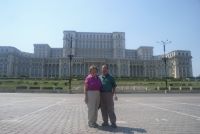
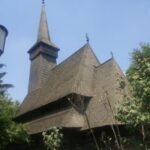 is the parliament building, a product of the Ceausescu regime; known as the Palace of the Parliament, it is touted as the 3rd biggest administrative building and the heaviest building in the world. I have no idea who weighed it. Ceausescu peaked in 1968 when he spoke up in favor of the Czechs who sought out of the Soviet bloc, and hit bottom in 1989 when he was overthrown
is the parliament building, a product of the Ceausescu regime; known as the Palace of the Parliament, it is touted as the 3rd biggest administrative building and the heaviest building in the world. I have no idea who weighed it. Ceausescu peaked in 1968 when he spoke up in favor of the Czechs who sought out of the Soviet bloc, and hit bottom in 1989 when he was overthrown 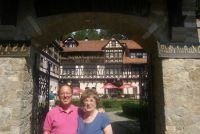
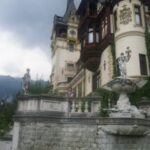 and executed as Romania threw off the Communist yoke. The city itself has some charming areas, including a museum with 250 “typical Romanian” buildings, including wooden churches typical of Timisoara and Baia Mare that made me consider strongly visiting northern Romania
and executed as Romania threw off the Communist yoke. The city itself has some charming areas, including a museum with 250 “typical Romanian” buildings, including wooden churches typical of Timisoara and Baia Mare that made me consider strongly visiting northern Romania 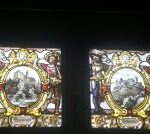 sometime.
sometime.
The castles in Sinaia and Brasov merited a visit as well. Sinaia, centered around a 17th century monastery named for Mount Sinai, became the site of the Castle built for King Carol I, a German prince named king of Romania. Of course, the wealthy followed suit, joining him in the less
well. Sinaia, centered around a 17th century monastery named for Mount Sinai, became the site of the Castle built for King Carol I, a German prince named king of Romania. Of course, the wealthy followed suit, joining him in the less 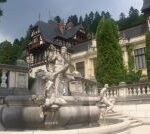 steamy uplands. Vlad the impaler (better known as Dracula) also built a castle in Bucharest in 1459 that is being excavated.
steamy uplands. Vlad the impaler (better known as Dracula) also built a castle in Bucharest in 1459 that is being excavated.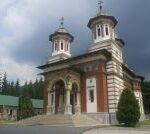
One nice feature of these “ex post facto” blogs is that I know that I did take advantage of a trip to northern Romania, where I not only saw the original wooden churches in situ, but also got to Lvov.
